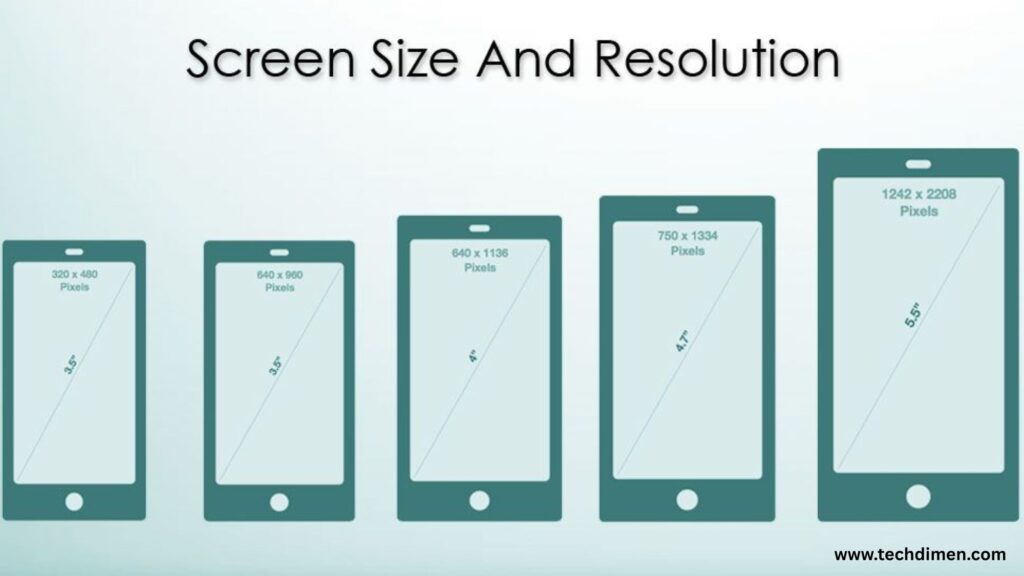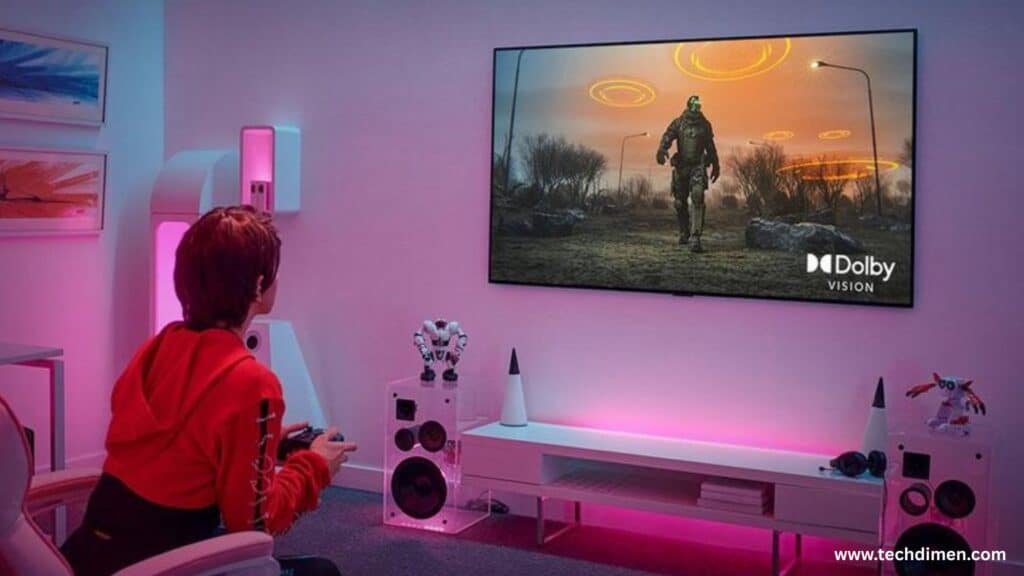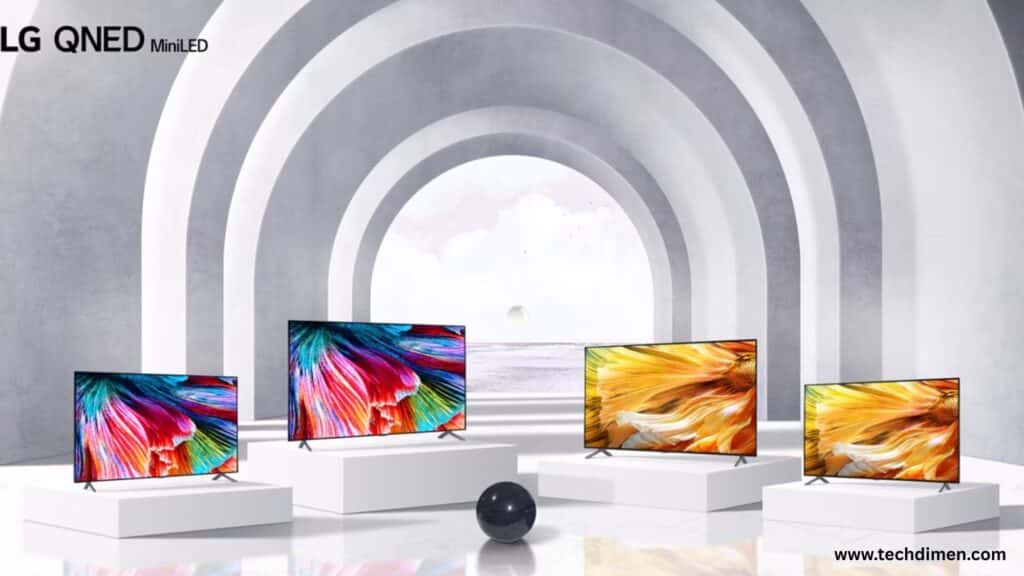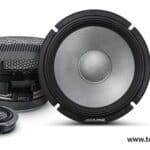LG Has Unveiled Its QNED evo TVs lineup is finally here, and it marks a bold step forward in LG Electronics’ commitment to delivering cinematic brilliance, intelligent performance, and seamless smart home integration. Built on advanced Mini LED technology, the new 2025 LG QNED TVs merge Quantum Dot + NanoCell layers with LG’s most powerful AI engine yet the α8 AI Processor. From stunning brightness to exceptional gaming features, the LG QNED evo lineup redefines what users can expect from a high end television.
Let’s dive into the QNED evo specifications, design, sizes, features, and comparisons against OLED and Samsung’s Neo QLED TVs. Whether you’re a gamer, movie buff, or just shopping for the best LG TVs 2025, this guide will help you make a smart choice.
Break throughs in LG Has Unveiled Its QNED evo TVs
The 2025 QNED evo TVs feature a dramatically improved Mini LED backlight system. This includes enhanced local dimming zones that provide superior contrast and black detail. Brightness Booster Max pushes peak brightness to over 3,000 nits on select models, offering one of the highest brightness ratings in a consumer TV. Updated AI Picture Pro software uses this time optimization to improve image clarity, tone mapping, and upscaling.
LG continues to rely on its Quantum Dot + NanoCell technology to deliver remarkable color precision and viewing angle performance. The 2025 QNED evo models offer over 95% coverage of the DCI P3 color gamut. Improved light filtering reduces color distortion at wide angles and preserves saturation in all lighting conditions.
At the core of the LG QNED evo 2025 lineup is the upgraded α8 AI Processor. This chip enables AI Super Upscaling Pro, which transforms lower resolution content to near 4K quality. AI Tone Mapping Pro analyzes scene types and adjusts the brightness curve dynamically. HDR optimization is available across all major formats, including Dolby Vision, HDR10, and HLG. LG reports that the α8 AI Processor identifies over 3000 unique scene types to deliver frame by frame image enhancements.
With the addition of Precision Dimming Pro+, contrast control has been improved to bring black levels closer to OLED standards. This system uses a high number of dimming zones to maintain detail in both shadows and highlights. Combined with the Brightness Booster Max feature, the QNED evo TVs achieve HDR performance that’s ideal for bright room viewing.
Model Lineup and Screen Sizes Available

The LG QNED 2025 models are available in a wide range of screen sizes. These include 55 inch, 65 inch, 75 inch, 86 inch, and an ultra large 98 inch variant. This extensive size range ensures that whether you need a modest living room centerpiece or a home theater powerhouse, there’s a QNED evo that fits the bill.
There are three flagship models in the lineup: QNED85, QNED90, and QNED99. Each brings a slightly different level of performance. The QNED85 features standard Mini LED lighting and core features like Game Optimizer 3.0 and AI Picture Pro. The QNED90 adds a more advanced Mini LED backlight with Brightness Booster Plus. Finally, the QNED99 represents the top-tier option with Brightness Booster Max, more powerful speakers, and broader size availability, extending up to 98 inches.
Design wise, LG has streamlined the aesthetic with ultra-thin bezels and a sleeker stand. Cable management is now integrated into the base for a cleaner look. All models support standard VESA wall mount configurations, making them easy to install in any environment.
QNED evo vs OLED vs Neo QLED: Side by Side Comparison
When comparing LG QNED evo vs OLED (specifically the LG C4 and G4 OLEDs), several distinctions stand out. QNED evo excels in brightness, making it ideal for well-lit rooms. OLED, on the other hand, continues to lead in contrast, delivering perfect blacks due to self emissive pixels. The burn-in risk, although minimized in newer OLEDs, remains a factor in static content scenarios. Color accuracy is strong in both, but OLED edges out slightly. Price wise, QNED evo offers better value, especially for larger screens.
The comparison between LG QNED vs Samsung Neo QLED shows a closer match. Both use Mini LED technology, although LG’s implementation appears slightly brighter and more color accurate in 2025 models. LG’s webOS 24 platform is faster and more customizable than Samsung’s Tizen. Both support Google Assistant and Alexa, but LG adds ThinQ and native Matter integration. In terms of updates and ecosystem integration, LG has gained ground, making the QNED evo a strong contender.
Gaming Performance on LG’s 2025 QNED evo TVs

Gamers will appreciate the comprehensive support for next gen consoles. The 2025 QNED evo lineup includes HDMI 2.1 ports with 4K at 120Hz refresh rate, along with VRR, ALLM, and support for Dolby Vision Gaming. These features ensure smooth gameplay with minimal lag and no screen tearing.
The Game Optimizer 3.0 has been improved with custom genre presets, this time FPS overlays, and dynamic black level control. Whether you’re playing fast paced shooters or cinematic RPGs, these features adapt the picture and response times to suit your playstyle. Compatibility with Nvidia G Sync and AMD FreeSync Premium further ensures the display can handle high frame rate gameplay without stuttering.
Smart Platform and Voice Assistant Integration
webOS 24 brings a fully redesigned interface that prioritizes personalization. Each user can create their own profile, with apps, watchlists, and content recommendations tailored specifically to their habits. The Quick Card UI improves navigation speed and allows one touch access to services like Netflix, YouTube, and more.
One of the standout features of the 2025 LG QNED TVs is full compatibility with smart home systems. The integration of the Matter protocol ensures seamless device control within a connected home. Users can issue voice commands through Google Assistant, Amazon Alexa, or LG ThinQ. This allows you to control lighting, thermostat settings, and even robotic vacuum cleaners directly from your TV.
2025 LG QNED evo Pricing and Availability

In the U.S. market, prices are competitive across all three models. The QNED85 starts at $1,099 for the 55 inch variant and increases to $2,799 for the 86 inch version. The QNED90 begins at $1,299 for 55 inches and goes up to $3,099 for 86 inches. The top tier QNED99 starts at $2,299 for 65 inches and reaches $7,499 for the 98-inch version. LG is aiming these prices to compete directly with Samsung and Sony in the premium mid range category.
Global release for the LG QNED evo 2025 models begins in Q3 2025, with pre-orders launching in late July for key markets including the United States, South Korea, United Kingdom, and Germany. Wider availability will roll out during Q4.
Is LG Has Unveiled Its QNED evo TVs Worth It?
The 2025 LG QNED TVs cater to several distinct audiences. For viewers who frequently watch in brightly lit rooms, QNED evo offers the high brightness necessary for maintaining contrast and color accuracy. Gamers will benefit from the advanced connectivity, low latency, and game specific enhancements. Smart home enthusiasts will enjoy the built in Matter support and robust assistant integration.
In summary, the LG QNED evo TV review reveals a product that delivers excellent picture quality, smart features, and gamer friendly specs at a more affordable price point than OLED. Choosing between OLED vs QNED depends on your viewing environment and preferences. OLED excels in dark rooms and delivers unbeatable contrast, while QNED evo is ideal for multi purpose spaces with varying lighting conditions.
the LG QNED evo lineup represents one of the best LG TVs 2025 has introduced technologically advanced, flexible, and well priced for what it offers.
LG 2025 QNED evo TV Comparison
| Feature | QNED85 | QNED90 | QNED99 |
|---|---|---|---|
| Display | QNED FALD | QNED FALD+ | QNED Mini LED |
| Brightness | Standard | Booster Plus | Booster Max |
| Processor | α8 AI Gen1 | α8 AI Gen1 | α8 AI Gen1 |
| Refresh Rate | 120Hz | 120Hz | 120Hz |
| Gaming | HDMI 2.1, VRR | Full Suite | Full Suite |
| Audio | 2.0 ch | 2.2 ch | 4.2 ch |
| Sizes | 55 86″ | 55 86″ | 65 98″ |
| Smart OS | webOS 24 | webOS 24 | webOS 24 |
| Voice Assistants | Yes | Yes | Yes |
| Price (Est.) | From $1,199 | From $1,699 | From $2,999 |
Frequently Asked Questions
What is LG Has Unveiled Its QNED evo TVs?
The LG QNED evo TV is LG’s next generation television lineup for 2025, combining Quantum Dot and NanoCell technologies with advanced Mini LED backlighting. It offers enhanced brightness, deeper contrast, and improved AI processing with the α8 AI Processor.
What makes the 2025 LG QNED evo TVs different from previous models?
The 2025 models feature improved Precision Dimming Pro+, Brightness Booster Max, and a more advanced AI Picture Pro engine. They also support HDMI 2.1, Dolby Vision Gaming, and come with webOS 24 for better smart functionality.
Which sizes are available in the 2025 LG QNED evo lineup?
Confirmed sizes include 55-inch, 65-inch, 75-inch, 86-inch, and 98-inch screens across various models like the QNED85, QNED90, and QNED99.
What are the differences between LG QNED85, QNED90, and QNED99?
- QNED85: Entry-level with standard brightness and local dimming
- QNED90: Mid-range with enhanced dimming and sound features
- QNED99: Premium model with Mini LED, Brightness Booster Max, and 4.2-channel audio
How does LG QNED evo compare to OLED TVs?
QNED evo TVs are generally brighter than OLEDs and don’t suffer from burn-in. OLED still offers perfect blacks and infinite contrast, but QNED evo performs better in well lit rooms and offers more affordable pricing in larger sizes.
Is the 2025 QNED evo good for gaming?
Yes. The 2025 QNED evo TVs support HDMI 2.1, 4K@120Hz, VRR, ALLM, and Dolby Vision Gaming. They also come with Game Optimizer 3.0 for FPS tracking, genre presets, and ultra-low input lag.
What smart features does the QNED evo 2025 include?
These TVs run webOS 24, with custom user profiles, smarter content recommendations, and support for Matter, Google Assistant, Alexa, and Apple AirPlay 2.
When will the 2025 LG QNED evo TVs be available?
Pre-orders are expected to begin in August 2025, with general availability in September for North America and October in Europe and Asia.
How much will LG’s QNED evo 2025 TVs cost?
Prices are estimated to start around $1,199 for 55 inch QNED85, with QNED99 98 inch models reaching up to $6,499. Exact prices vary by region and configuration.
Is LG’s 2025 QNED evo TV worth buying?
If you’re looking for a bright, AI-enhanced 4K TV with excellent gaming support and smart features, the 2025 QNED evo is a compelling option especially for large screen setups or brightly lit environments.
Final Thoughts
LG has made impressive strides with its QNED evo 2025 lineup. From powerful AI-driven picture enhancements and advanced dimming technologies to gamer-centric features and smart home integration, this range is more than just an incremental upgrade. It’s a meaningful evolution in TV display technology. While OLED still holds its ground in dark room performance, QNED evo bridges the gap between affordability and innovation. If you’re looking for a premium viewing experience without the OLED price tag, LG QNED evo 2025 is a worthy investment that doesn’t cut corners.

Jhon AJS is a tech enthusiast and author at Tech Dimen, where he explores the latest trends in technology and TV dimensions. With a passion for simplifying complex topics, Jhon aims to make tech accessible and engaging for readers of all levels.







